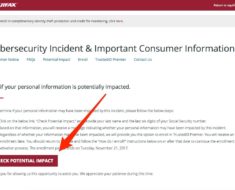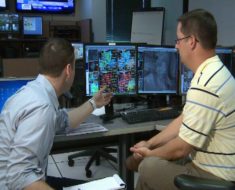The Sun, that perfect sphere of hydrogen and helium plasma that sits in the center of our solar system, is our physical energy source. Traveling to the Sun isn’t on most people’s bucket list, but the Kennedy Space Center launched the Parker Solar probe on August 12th, and it’s heading for the sun. The Parker probe will pass by Venus and Mercury as it makes its way to the final destination. That destination will put the Parker Probe just 3.8 million miles away from the sun’s atmosphere. The Probe will travel 90 million miles, and it will finally reach that destination in 2024, according to space.com.
The Parker Solar Probe holds two world records, and it’s only been traveling a little over two months. Plus, the probe has the distinction of being the vehicle that broke the existing closest to the sun spacecraft record set by a German-American spacecraft called Helios 2. Helios 2 made it to the 26.55-million-mile marker in April 1976. The Parker Probe did that in the first 78 days of its voyage. The second record broken by the Parker probe is the Helios 2 speed record. Helios 2 hit 153,454 miles per hour back in 1976, and the Parker Probe left that number in the dust on October 30th. By the time the Probe reaches its destination in 2024, it will be traveling at 430,000 miles per hour. Parker will pass the speed of sound when it hits 761.2 miles per hour.
NASA expects Parker to send back important information about the protons, electrons, and ions that are part of the sun’s corona. Scientists also want to study the solar winds generated by the sun’s corona. The sun’s corona is hotter than other parts of the sun’s surface, and scientists want to know why.
According to space scientist Eric Christian, who works at the Space Flight Center, the Parker probe might also answer why the solar winds in the corona can reach such high speeds. According to Christian, some of the sun’s high-energy solar particles can travel at half the speed of light. And NASA wants to know why that happens as well.
The Probe will begin its interaction with the sun on Halloween. That’s when it will get in the right position to send NASA the first batch of data. That data will be the first close-up observation of the sun as it burns at a rate of 2,500 degrees Fahrenheit and emits brutal radiation.
Dil Bole Oberoi





